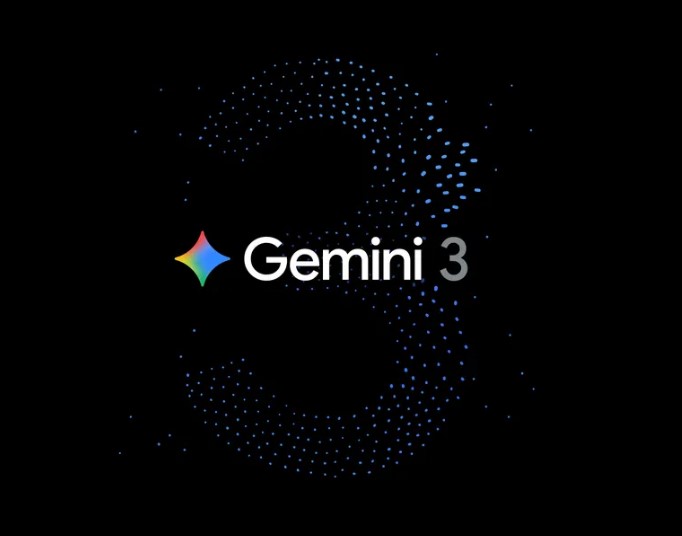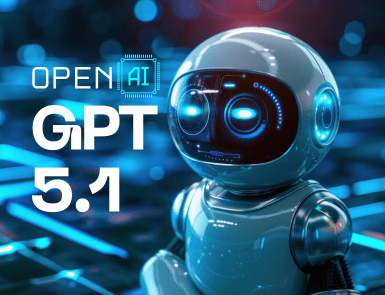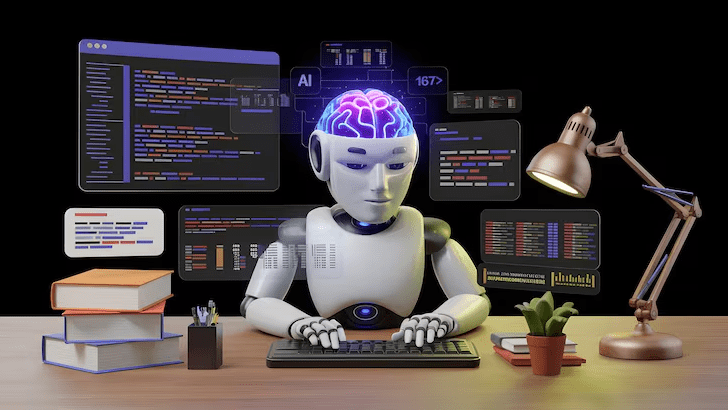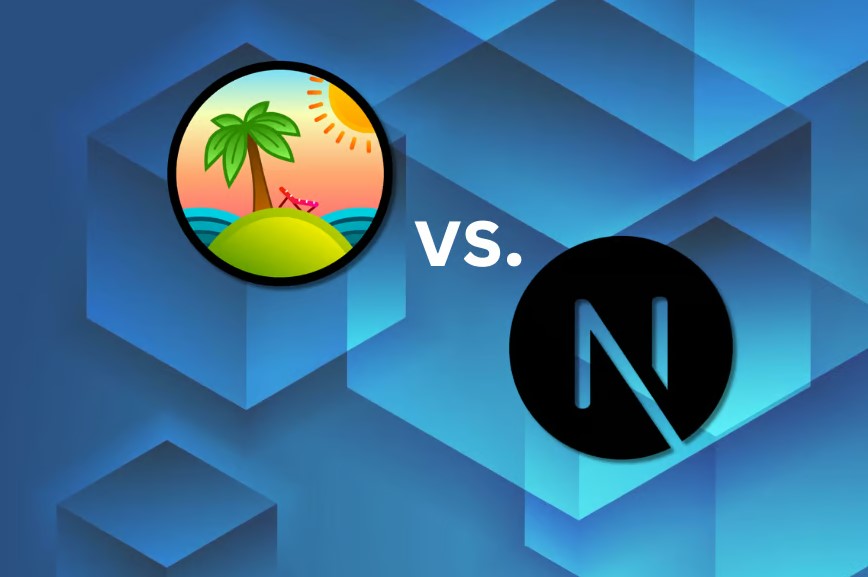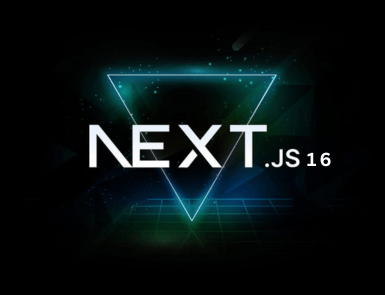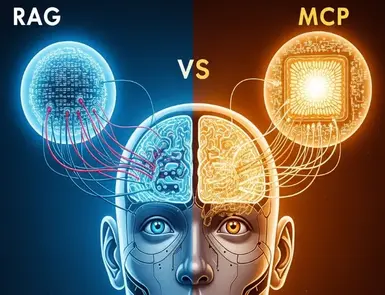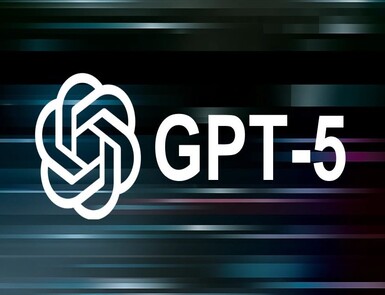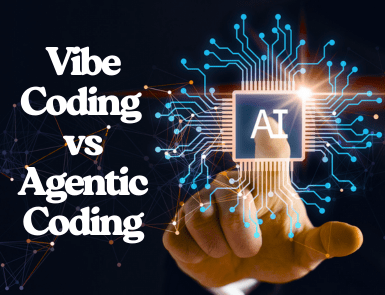
Web programming is constantly evolving. In recent years, the industry has witnessed the rise of numerous tools and methodologies. In the current era, AI-driven coding assistants and autonomous systems are dominating the landscape.
In this post, we compare two emerging AI-assisted coding platforms. While both Vibe Coding and Agentic Coding are AI coding platforms, they adopt distinct approaches.
Let us begin this in-depth Vibe Coding vs. Agentic Coding contrast.
Overview of Vibe Coding
Coined by Andrej Karpathy, former AI lead at Tesla, “vibe coding” literally means coding by feel. This coding style lets developers collaborate interactively with AI tools in a flow-oriented manner.
Developers do not need to write code manually. They provide a clear prompt, and AI produces the desired outcome. Some key features of Vibe Coding include:
- Interactive Development: The platform allows developers to interact with AI and guide it for code generation, optimization, and bug fixing.
- Human-Centered Control: Developers are decision-makers, while AI acts as a technical assistant.
- Experimentation-Friendly: Vibe coding is well-suited for brainstorming, prototyping, and code iteration.
- Flow-Oriented: The platform helps users stay focused on creativity, rather than wasting time on repetitive tasks.
- Contextual Assistance: Vibe coding gives you insights based on your current task.
Overview of Agentic Coding
Agentic coding takes AI-assisted programming to the next level. Instead of just answering prompts, it works autonomously. You assign it a task, and it breaks it down into subtasks.
The agent chooses a relevant tool to write, revise, and test code without any intervention.
In short, Agentic AI works as an independent agent. It plans, executes, and refines solutions with limited human input. Some primary features of this platform include:
- Autonomy: The agent is capable of making decisions independently.
- Workflow Automation: Agentic AI boosts workflow because minimal human intervention is involved.
- Scalability: Agentic coding is scalable enough to manage large systems and structured codebases.
- Adaptation: Some advanced Agentic coding models enhance their performance by learning from past tasks and feedback.

Vibe Coding vs. Agentic Coding: The Key Contrast
- Approach
You can think of Vibe Coding as a productive copilot. Developers are still in the driver’s seat, providing prompts to the AI, guiding it, and manually testing the outputs.
On the other hand, Agentic Coding acts as a structured partner. It collaborates with developers and follows systematic methods to design, build, and refine software, functioning like an intelligent peer.
- Skill Requirements
Since Vibe coding relies more on prompting and experimenting, novice developers can easily employ it.
Agentic coding, on the contrary, requires you to know strong engineering fundamentals, such as system design, architecture, and debugging.
- Output
Vibe coding helps you produce code snippets, prototypes, and quick fixes. On the contrary, agentic coding can create full workflows, modules, or even entire applications.
- Integration of Tools
Vibe coding uses basic tools, typically limited to an AI interface or editor. In contrast, Agentic coding integrates a range of professional resources, including development toolchains, MCP servers, and live documentation.
- Quality Assurance
Developers manually test outputs in Vibe coding, whereas Agentic coding embeds quality checks into the workflow. Developers can leverage automated testing and code reviews.
- Code Maintainability
Vibe coding often provides quick write-once solutions that could be difficult to reuse or modify later.
Agentic coding produces readable and well-documented code. It helps developers extend and manage the codebase readily.
- Security
Vibe coding prioritizes quick results; therefore, security gets overlooked. Most of the time, vulnerabilities remain unnoticed.
Agentic coding supports integrated security. It features automated scanning, compliance checks, and secured design principles.
Vibe Coding vs Agentic Coding: Use Cases
Applications of Vibe Coding
- Rapid Prototyping: Vibe coding is an excellent choice for testing new ideas without relying on extensive resources.
- UI/UX Development: Developers can do vibe coding to test and adjust design elements, such as buttons, layouts, or colors, in real time.
- Learning & Exploration: If you are a new coder, you can benefit from Vibe coding’s on-demand explanations and coding support.
- Debugging: The AI platform provides suggestions that developers can check for correctness.
Applications of Agentic Coding
- Enterprise Software Development: This AI coding system automates repetitive coding tasks, making it well-suited for enterprise software development.
- Infrastructure as Code (IaC): Agentic coding can be used to automate the setup and management of cloud infrastructure.
- Large-Scale Data Pipelines: Agentic coding is a suitable platform to manage complex workflows with minimal human intervention.
- Maintenance: Developers can use the Agentic AI agent to improve the old codebases.
Conclusion
Vibe coding vs Agentic coding represent two entirely different approaches. Vibe coding keeps users in the creative loop and offers quick, real-time assistance, whereas agentic coding prioritizes autonomy and efficiency.
The choice between the two depends entirely on your requirements. If you are working on a creative project that demands flexibility, Vibe Coding can be an excellent choice. Conversely, if you are handling an enterprise-grade project that requires automation and scalability, Agentic Coding can be a better option.

